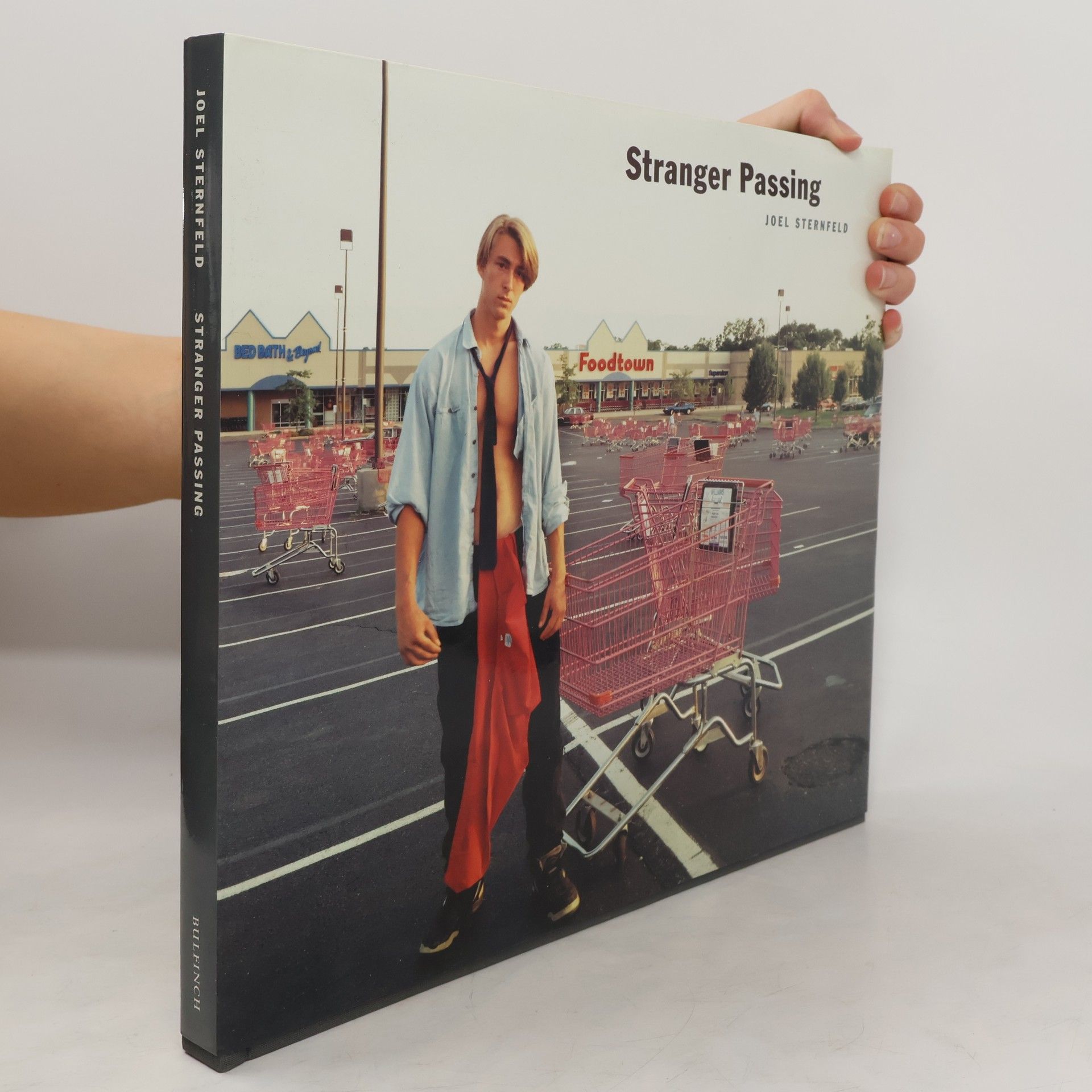First pictures
- 324pages
- 12 heures de lecture
This is the first book of Sternfeld’s largely unseen early colour photographs. In 1969 Sternfeld began working with a 35 mm camera and Kodachrome film, and First Pictures contains works from this time until 1980. Here Sternfeld develops traits that appear in his mature work: irony, a politicised view of America, concern for the social condition. But there are also pictures that bear little relation to his later work: colour arrangements that parallel those of Eggleston, as well as street photography which Sternfeld ceased making in 1976. The photographs in First Pictures were made at a time when colour photography was struggling to assert itself against the authoritative black and white tradition, making this book a revelation both in Sternfeld’s oeuvre and in the history of contemporary photography. A major figure in the photography world, Joel Sternfeld was born in New York City in 1944. He has received numerous awards including two Guggenheim fellowships, a Prix de Rome and the Citibank Photography Award. Sternfeld’s books published by Steidl include American Prospects (2003), Sweet Earth (2006) and Oxbow Archive (2008).

